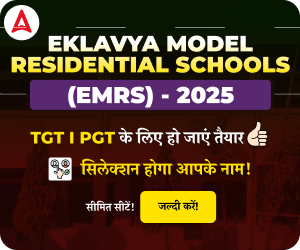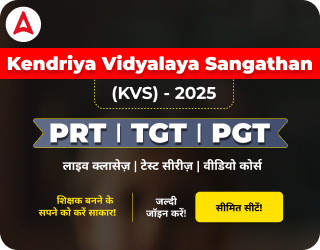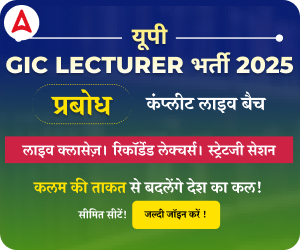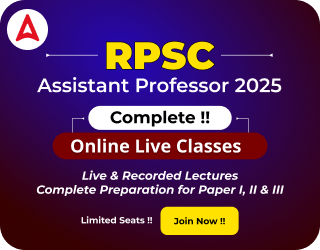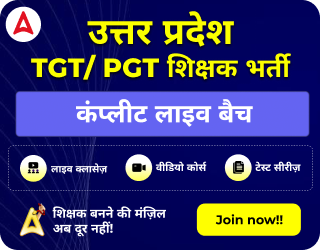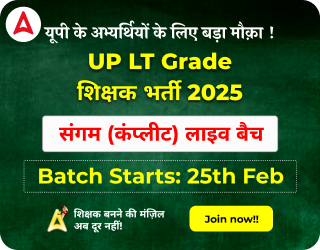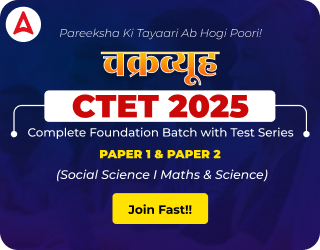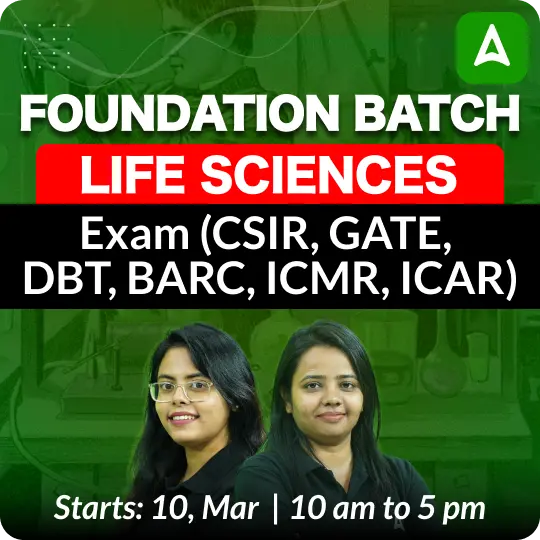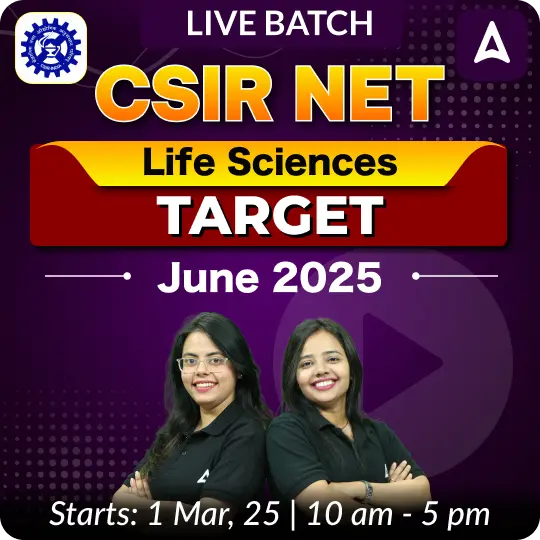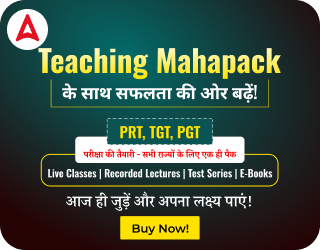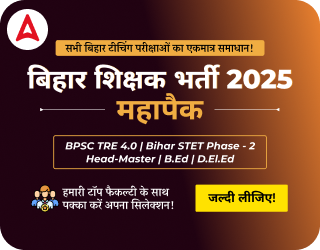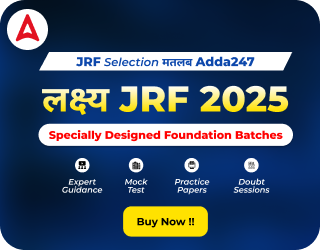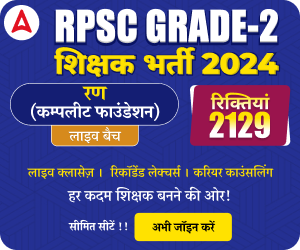Table of Contents
The Rajasthan Eligibility Examination for Teachers (REET) is a crucial assessment for individuals aspiring to become teachers in Rajasthan. Environmental Studies (EVS) holds significant importance for candidates appearing for REET Level 1, which is designed for those aiming to teach Classes 1 to 5. To support aspirants in their preparation, we provide a well-structured collection of REET EVS questions and answers, accompanied by detailed explanations.
Understanding the REET EVS Section
The Environmental Studies (EVS) section in REET Level 1 evaluates candidates’ knowledge of environmental science, its applications, and pedagogical approaches. This section consists of 30 multiple-choice questions, carrying a total of 30 marks. A thorough understanding of fundamental concepts is essential to perform well in this segment. Candidates preparing for the REET Exam 2025 must go through the key topics covered under the REET EVS syllabus include:
- Natural Resources: Air, water, soil, and their conservation.
- Ecosystems and Biodiversity: Various ecosystems, flora, fauna, and biodiversity conservation.
- Environmental Pollution: Causes, effects, and preventive measures.
- Social and Cultural Environment: Family, community, and social institutions.
- General Science Concepts: Basic scientific principles related to daily life.
- Pedagogical Aspects of EVS: Teaching methodologies, child psychology, and activity-based learning strategies.
Download the REET EVS Questions and Answers PDF
To support effective preparation, we have compiled a comprehensive REET EVS Questions and Answers PDF, featuring solved questions with detailed explanations for better understanding, a collection of frequently asked previous year questions, and valuable pedagogical insights on effective teaching strategies and methodologies related to EVS.
REET EVS Questions and Answers PDF Download Link
REET EVS Questions
Q1. The process of cooling due to evaporation is slow when the area of the water surface is in contact with the atmosphere
(a) increases and the wind speed is high
(b) increases and the wind speed is low
(c) decreases and the wind speed is low
(d) decreases and the wind speed is high
Q2. Which of the following designs is used in rangoli and embroidery in Saurashtra, Gujarat?
(a) Chowkpurana
(b) Naag Gumphan
(c) Mandana
(d) Aripan
Q3. Which of the following options is true about manure?
- lt enhances the water-holding capacity of soil.
- It makes the soil non-porous to stop the exchange of gases.
- lt increases the number of friendly microbes.
- It improves the texture of the soil.
(a) A, B and C
(b) B, Cand D
(c) A, C and D
(d) A, B and D
Q4. Select from the following a pair of Union Territories of India:
(a) Jammu and Kashmir and Andaman and Nicobar Islands
(b) Nagaland and Lakshadweep
(c) Delhi and Mizoram
(d) Chandigarh and Jharkhand
Q5. Which one of the following can find his female from many kilometres away by her smell
(a) Eagle
(b) Silkworm
(c) Mosquito
(d) Butterfly
Q6. The height of the peak of Mount Everest from the sea level is
(a) 7300 metre
(b) 8300 metre
(c) 8900 metre
(d) 8950 metre
Q7. Which of the following options is true about smog?
- Generally formed in winter
- Made up of smoke and fog
- Causes ozone depletion
- Causes asthma and cough
(a) A, C and B
(b) A, B and C
(c) A, B and D
(d) B, C and D
Q8. With respect to the location of the capital of India the directions of Jaipur (capital of Rajasthan) and Dehradun (capital of Uttarakhand) respectively are
(a) South-East and North-East
(b) North-East and South-West
(c) South-West and North-East
(d) North-West and South-East
Q9. Which of the following activities of separation is feasible in primary classroom?
- Evaporation
- Winnowing
- Magnetic separation
- Fractional Distillation
(a) A and D
(b) B and D
(c) B, C and D
(d) A, B and C
Q10. Which of the following musical instruments are used in ‘Been’ party?
(a) Been, Murli, Sarangi and Dhol
(b) Murli, Tumba, Been and Khanjiri
(c) Tumba, Been, Khanjiri and Dhol
(d) Been, Sarangi, Murli and Khanjiri
Solutions for the REET EVS Questions
S1. Ans.(b)
S2. Ans.(b)
S3. Ans.(c)
S4. Ans.(a)
S5. Ans.(b)
S6. Ans.(c)
S7. Ans.(c)
S8. Ans.(c)
S9. Ans.(d)
S10. Ans.(c)
| Related Articles | |
| REET Answer Key 2025 | REET Syllabus |
| REET Previous Year Question Paper | REET Selection Process |
| REET Validity | REET Cut Off Marks |

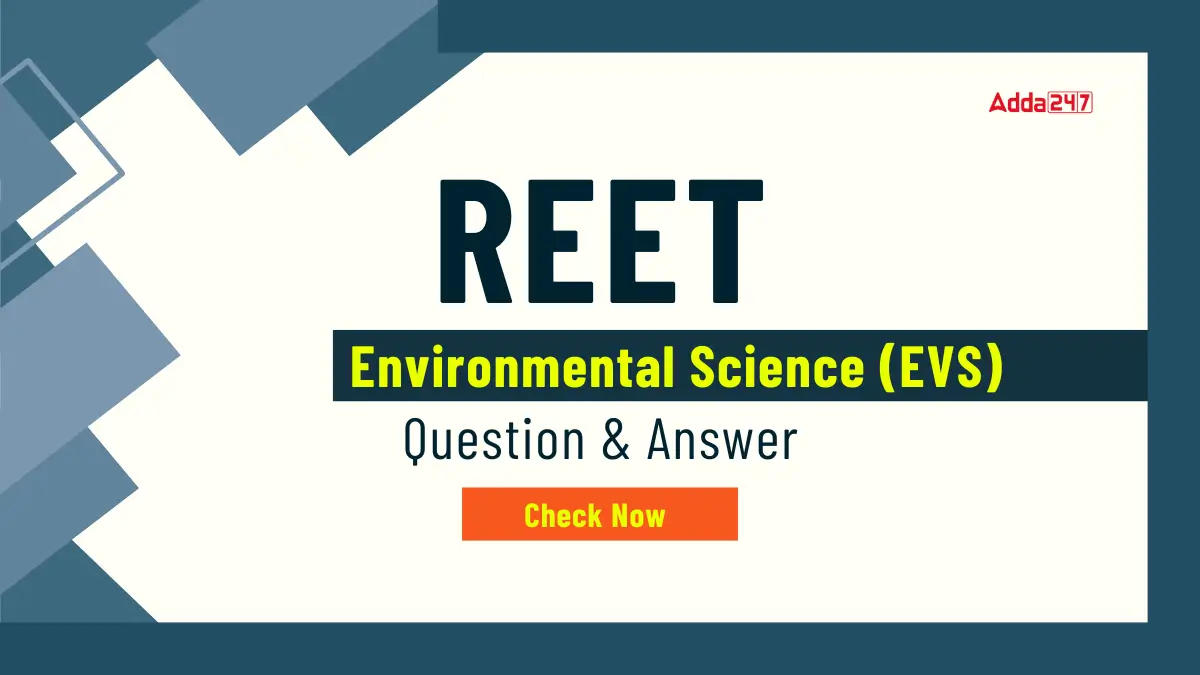
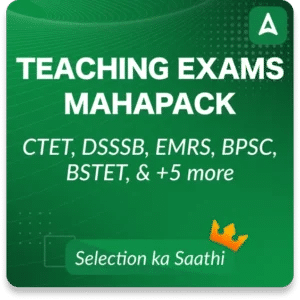

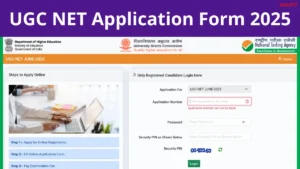 UGC NET Application Form 2025 Starts for...
UGC NET Application Form 2025 Starts for...
 Can DELED Qualified Candidates Apply for...
Can DELED Qualified Candidates Apply for...
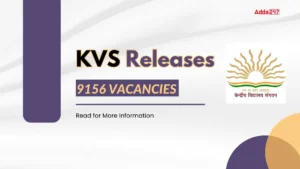 KVS Recruitment 2025 Out, Check Kendriya...
KVS Recruitment 2025 Out, Check Kendriya...
